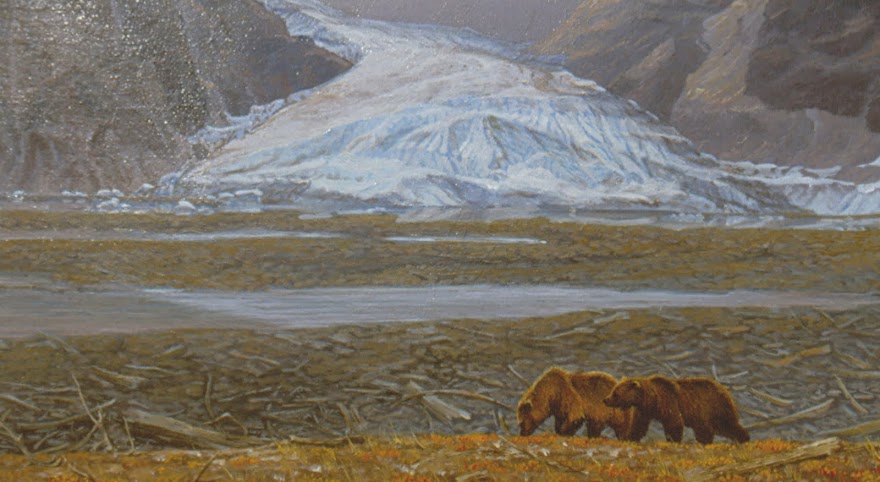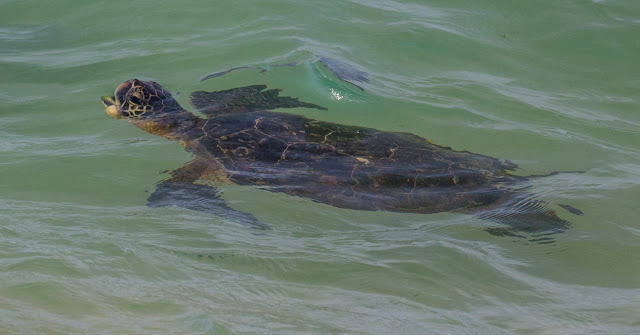This random post will start with some photos that Bart shot along the cliffs south of Anchorage. There is a place where Dall Sheep often come down from their lofty realm to browse close to the Seward Highway. I have seen them in that area many times but I never had a camera handy when I saw them.
Bart got a great family shot of a ram, ewe, and lamb recently. The wind often blows away the snow on these exposed cliffs. That is what probably attracts the sheep.
A ewe and a nearly grown lamb. Right now Bart is exploring the Everglades in Florida. I hope he gets some great photos.
Although I have not posted any artwork in months that does not mean that I have been doing nothing. I was contacted by an author to illustrate a book geared toward young people. The author Barbara has published several previous books about Alaskan wildlife. The next book will be about Alaska birds. I think it may be a coloring book of some sort.
Barbara asked me to draw a Spruce Grouse to show her a sample of my work. Now she wants to meet me to work out the particulars for illustrating the book. I have been working on two other paintings as well but I am not ready to post photos yet.
For some reason I have been reminiscing about African grasslands. I got this photo of a male, Long-tailed Whydah in Marievale Wildlife Refuge in South Africa some years ago.
Such a long tail does not make for efficient flying but it does impress the lady whydahs.
A close relative, Pin-tailed Widow. Both species are nest parasites that lay their eggs in the nests of other birds.
A Blacksmith Plover in the rain.
Another grassland inhabitant, Swainson's Frankolin.
Black-bellied Bustards are common in protected grasslands in much of sub-saharan Africa. They often do some odd dancing rituals in the hopes of impressing their fellow bustards. It does not seem to matter whether there is another bustard present or not.
The grasslands contain lots of fat grasshoppers to attract Southern Yellow-billed Hornbills.
That's it for this week.















































